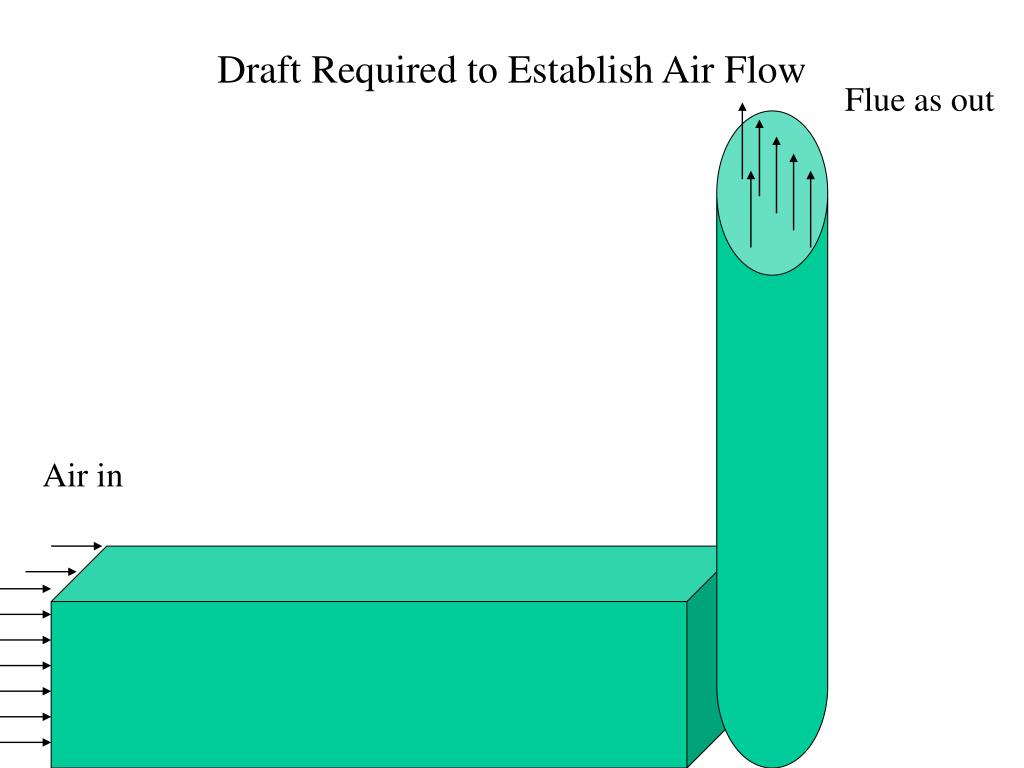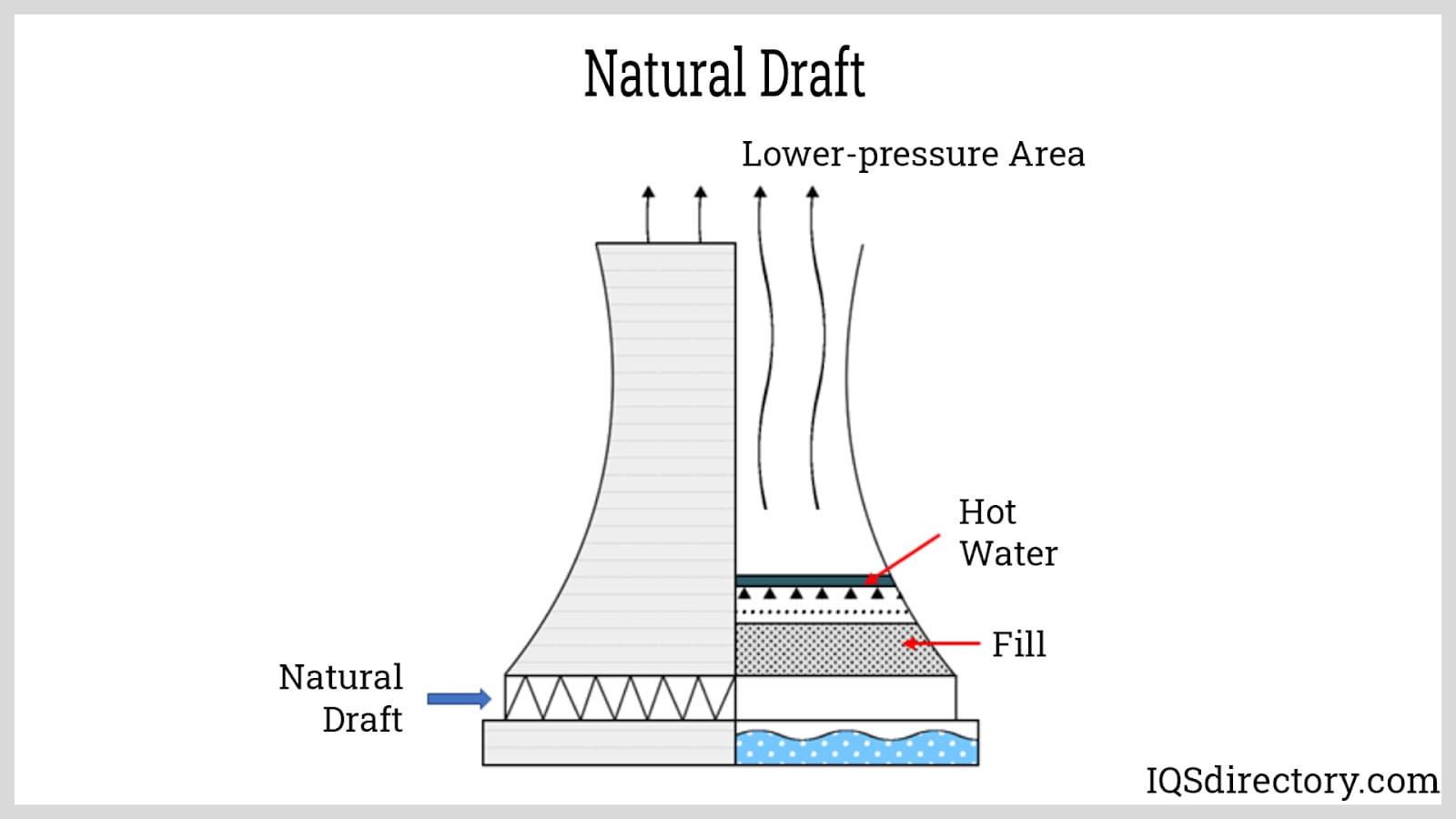How Does Air Flow In A Standing-pilot Natural-draft System

Understanding Airflow in Standing-Pilot Natural-Draft HVAC Systems
For homeowners considering replacing or upgrading their heating systems, understanding the fundamentals of how different systems operate is crucial. One of the oldest and simplest types of heating systems is the standing-pilot natural-draft furnace. While less common in new installations due to efficiency concerns, many homes still rely on these systems. This article will delve into the airflow dynamics of these furnaces, offering insights for homeowners, real estate investors, and contractors alike.
What is a Standing-Pilot Natural-Draft Furnace?
A standing-pilot natural-draft furnace is characterized by two key features: a constantly burning pilot light and a reliance on natural convection for exhaust venting. The standing pilot continuously ignites a small flame, which is ready to ignite the main burners when heat is called for. The "natural-draft" aspect refers to the way exhaust gases are removed from the furnace. Instead of using a fan or inducer motor, these systems depend on the buoyancy of hot gases to rise through a chimney or flue.
Airflow Dynamics: The Path of Air
The airflow in a standing-pilot natural-draft furnace is a relatively straightforward process, driven by principles of thermodynamics and fluid dynamics.
1. Intake of Combustion Air
The process begins with the intake of combustion air. This air is essential for the burning of natural gas. In a natural-draft system, air is drawn into the furnace from the surrounding room (or a designated air intake) by the natural pressure difference created during combustion. The furnace usually has openings at the base to allow air to enter freely. It's important to ensure these openings are never blocked, as this could lead to incomplete combustion and the production of dangerous carbon monoxide.
2. Mixing of Air and Fuel
Once the combustion air enters the furnace, it mixes with natural gas at the burners. The gas valve controls the flow of natural gas to the burners. The standing pilot flame continuously ignites the gas-air mixture, creating a controlled combustion process.
3. Combustion and Heat Generation
The combustion process generates heat, which is transferred to the heat exchanger. The heat exchanger is a series of metal coils or chambers designed to maximize heat transfer to the air that circulates through the furnace to heat the home. The efficiency of the heat exchanger plays a significant role in the overall AFUE (Annual Fuel Utilization Efficiency) rating of the furnace.
4. Airflow Across the Heat Exchanger
Cool air from the home's return ducts is drawn into the furnace by the blower fan. This air is forced across the heated surfaces of the heat exchanger, absorbing the heat and becoming warmer. The blower fan's speed and efficiency directly affect the amount of heat delivered to the living space.
5. Distribution of Heated Air
The heated air is then distributed throughout the home via the ductwork system. The ductwork is a network of metal or fiberglass ducts that carry the heated air to registers or vents in each room.
6. Exhaust of Combustion Gases
After transferring its heat to the air circulating through the home, the exhaust gases from the combustion process are vented out of the furnace through the flue or chimney. As mentioned earlier, natural-draft systems rely on the natural buoyancy of these hot gases to rise and vent safely outside. This requires a properly sized and maintained chimney to ensure adequate draft.
Advantages and Disadvantages
While standing-pilot natural-draft furnaces are a relatively simple and reliable technology, they also have several drawbacks compared to more modern systems.
Advantages:
- Simplicity: Fewer moving parts mean less maintenance and potential for breakdowns.
- Reliability: The simple design makes them generally very reliable.
- Lower Initial Cost: Typically, the initial purchase price is lower than more efficient models.
Disadvantages:
- Low Efficiency: Standing-pilot furnaces generally have lower AFUE ratings (typically 80% or less) compared to newer models. This means they waste more energy and cost more to operate.
- Pilot Light Waste: The continuously burning pilot light consumes energy even when the furnace is not actively heating, contributing to energy waste.
- Natural Draft Limitations: Natural-draft systems are more susceptible to backdrafting, which can lead to dangerous carbon monoxide buildup.
- Larger Footprint: They often require more space due to the chimney requirements.
AFUE Ratings and Energy Efficiency
The AFUE rating is a crucial metric for evaluating the efficiency of a furnace. It represents the percentage of fuel consumed that is actually converted into usable heat. Standing-pilot natural-draft furnaces typically have AFUE ratings of 80% or less. This means that for every dollar spent on natural gas, only 80 cents worth of heat is delivered to the home; the remaining 20 cents is lost through the chimney.
In comparison, newer high-efficiency furnaces can achieve AFUE ratings of 90% or higher, resulting in significant energy savings over time.
Maintenance and Safety Considerations
Regular maintenance is crucial for ensuring the safe and efficient operation of a standing-pilot natural-draft furnace.
Key Maintenance Tasks:
- Annual Inspection: Schedule an annual inspection by a qualified HVAC technician to check for any potential problems, such as cracks in the heat exchanger, carbon monoxide leaks, or blocked flue passages.
- Pilot Light Check: Ensure the pilot light is burning cleanly and consistently. A yellow or flickering flame could indicate a problem with the gas supply or combustion air.
- Flue Inspection: Inspect the flue or chimney for any obstructions, such as bird nests or debris.
- Carbon Monoxide Detectors: Install and maintain working carbon monoxide detectors in the home, especially near sleeping areas.
- Filter Replacement: While not directly related to the airflow of combustion, a clean air filter ensures proper airflow across the heat exchanger and protects the blower motor.
Safety Concerns:
- Carbon Monoxide Poisoning: Carbon monoxide is a colorless, odorless, and deadly gas produced by incomplete combustion. It is essential to have working carbon monoxide detectors and to address any concerns about potential leaks immediately.
- Backdrafting: Backdrafting occurs when the exhaust gases are not properly vented out of the chimney and instead enter the home. This can also lead to carbon monoxide poisoning.
Comparing Brands and Models (Hypothetical)
While standing-pilot natural-draft furnaces are becoming less common, some manufacturers still offer them. Due to the lower efficiency and safety considerations, it's crucial to carefully research and compare models before making a purchase.
Note: This section provides hypothetical examples for illustrative purposes. Always consult with a qualified HVAC professional for specific brand and model recommendations based on your individual needs and local codes.
Example 1: Brand X Basic Model
- AFUE: 78%
- Features: Simple design, basic controls
- Warranty: 5-year parts warranty
- Estimated Price: $1,500 - $2,000 (including installation)
Example 2: Brand Y Standard Model
- AFUE: 80%
- Features: Slightly more advanced controls, enhanced safety features
- Warranty: 7-year parts warranty
- Estimated Price: $2,000 - $2,500 (including installation)
When comparing models, consider not only the initial purchase price but also the long-term operating costs. A higher-efficiency furnace, even with a higher initial cost, may save you money in the long run due to lower energy consumption.
Alternatives to Standing-Pilot Natural-Draft Furnaces
Given the efficiency and safety limitations of standing-pilot natural-draft furnaces, homeowners should strongly consider alternative heating systems, such as:
- High-Efficiency Furnaces: These furnaces utilize advanced technology, such as sealed combustion and induced-draft blowers, to achieve AFUE ratings of 90% or higher.
- Heat Pumps: Heat pumps are a highly efficient alternative to furnaces, especially in moderate climates. They transfer heat from the outside air (or ground) into the home during the winter and reverse the process in the summer for cooling. They are rated using SEER (Seasonal Energy Efficiency Ratio) for cooling and HSPF (Heating Season Performance Factor) for heating.
- Tankless Water Heaters: While primarily for water heating, tankless systems provide on-demand hot water and eliminate standby losses associated with traditional tank water heaters.
Conclusion
Understanding the airflow dynamics of a standing-pilot natural-draft furnace is essential for making informed decisions about heating system replacements or upgrades. While these systems offer simplicity and reliability, their lower efficiency and potential safety concerns make them less desirable than more modern alternatives. By carefully considering the AFUE rating, maintenance requirements, and safety features, homeowners can choose the heating system that best meets their needs and budget. Consulting with a qualified HVAC professional is always recommended to ensure proper installation and safe operation.










